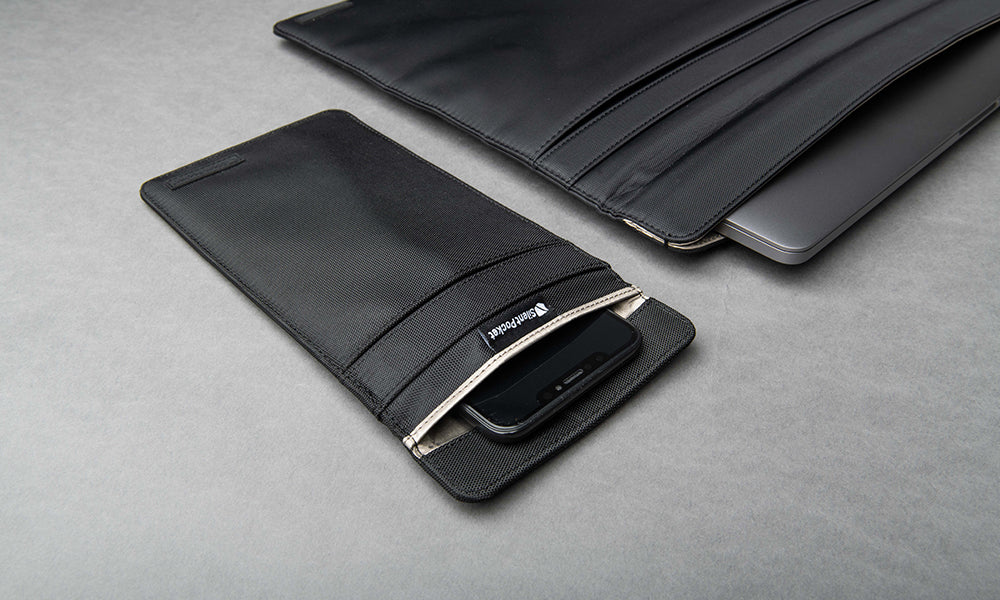Shop
Know your SAR rating!

We are constantly exposed to many types of electromagnetic radiation in our daily lives (e. g. light, microwaves, x-rays, emf, and mobile phone transmissions). As a result, all radio items must undergo RF (radio frequency) exposure testing to ensure safe use.
What is SAR Rating?
When a human body is subjected to a RF electromagnetic field, the SAR (Specific Absorption Rate) measures how much energy is absorbed per unit mass. It can also apply to the tissue's absorption of other types of energy, such as ultrasound, is measured in watts per kilogram (W/kg), and is defined as the power absorbed per tissue mass.
SAR is commonly averaged over the entire body or a small sample volume (typically 1 g or 10 g of tissue). The referenced value is then the highest level measured in the physical component under consideration over the specified volume or mass. The testing assesses exposure to frequencies ranging from 100 kHz to 10 GHz (known as radio waves) and is used to monitor the amount of power absorbed by mobile devices.SAR's Standard for different Countries
The cell phone must fulfill a SAR limit of 1.6 watts per kilogram, averaged over 1 g tissue volume, in the United States and Canada. This indicates that the higher SAR level of cell phones must not surpass this level to gain FCC or ISED certification and be marketed in the marketplace.
Mobile phones must have a maximum SAR limit of 2.0 W/kg averaged over a 10 g tissue volume to gain CE certification in the European Union.
SAR testing process for mobile phones
With these five simple step SAR reports are prepared:
#1 Checking the system
Cellular phone's SAR testing procedure starts with a system check to ensure the test system's operation. A specified amount of power is applied to the dipole during a system check, and the results are verified to be as expected.
#2 Measures of radiated power
The conducted power will be measured next. This means that the real power traveling to the antenna is observed, and the measured SAR findings can then be scaled to correlate to the phone's worst-case power.
#3 Measurements and the evaluation process
The mobile SAR value evaluation and measurement process then begin. The simulated liquid is used to calculate SAR. The dielectric characteristics of tissue-equivalent fluid must match those of brain or bodily tissue. Permittivity and conductivity must be identical to those seen in brain and bodily tissue.
#4 Multiple sources of exposure at the same time
When numerous radio signals are transmitted from the same device simultaneously, the SAR measurements of the signs are totaled. Even with this combined output, the required SAR limit of 1.6-2.0W/kg must be met.
#5 SAR test report
The information contained in the test report varies based on the geographical location of the product's intended sale. The test report also includes a declaration of conformity and if the findings meet the criteria.
Conclusions
In Layman's terms, they test these mobile devices like our phones, tablets, and laptops because the companies know that they aren't healthy for us to have. They have developed a "standard" that may seem miniscule at first glance, but the reality is that long term exposure to this type of energy is unknown, and these ratings are based on the early days of these devices before they had the computing power and features that they have today.
If you have an Apple device, you can check your devices ratings.
Carrying devices around all day in close contact with your body = continued RF exposure because these days you can no longer take the battery out.
Take precaution today by traveling with your devices in Faraday bags to ensure you have the control over your devices.
Recent Articles
Newsletter
Join Our Community: Privacy, Security, Health Updates
